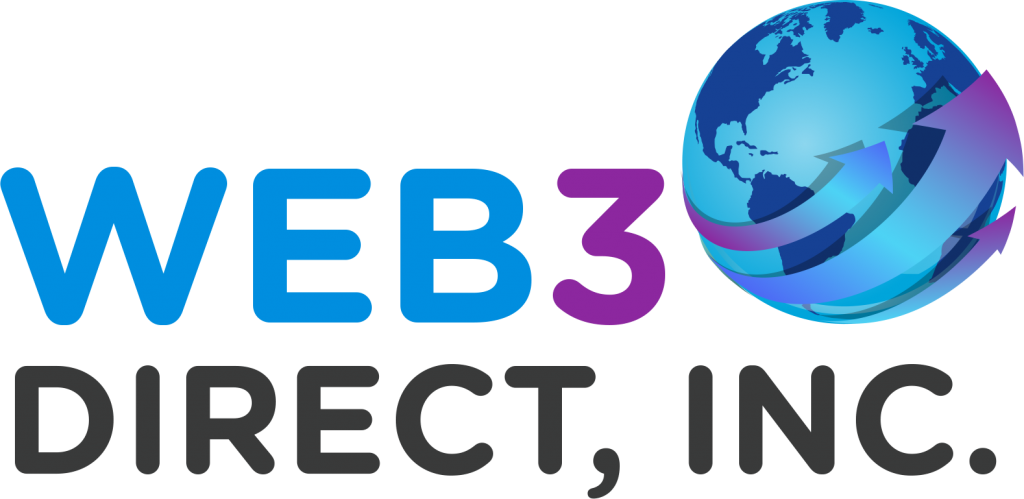Today’s Best Is Tomorrow’s Test
Most of us have heard the numbers. The “average” (whatever that means) successful marketing campaigns hover around 1-2% response rates. How important is this? If you’re selling a $5000 product and get one out of 100 of your mailing recipients or site visitors to respond (for now, let’s assume that a response means a sale), you’re doing phenomenally well! On the other hand, if you’re selling a $2.00 bracelet, you may need to hit 20% just to break even! The lesson here is response rates vary for every product, every campaign into every universe (universe being the targeted audience).
While 1% seems low, the most important number you need to know is your break-even point. The breakeven on a campaign depends on whether you’re calculating your cost-per-lead or cost-per-sale (or conversion). If you are trying to do lead generation (meaning your goal is to capture their information for subsequent backend marketing), then figuring your acceptable cost per lead in advance is key. Likewise, you will want to factor your cost per conversion (once they get to your site and leave their information). If your sale is direct in your campaign (meaning they respond with money), then your ultimate cost per sale will be the driving figure.
All of these metrics are discussed separately… here we want to look at the overall thought process. The most important concept to consider as you are doing your testing is this:
A marginal shift in marketing can bring you quantum results.
In other words, if you have a 1% response (or conversion) on your control piece, that’s one person out of 100. If you can increase this by only ONE MORE person out of 100, you have doubled your success rate! All other costs remain about the same, so in effect you have increased your profits 100% with only a 1% change in response.
Where do you look first to improve your numbers? For conversion figures, work on your salesletter, script, or website copy, starting with your lead headline. Make it as tight and compelling as possible. Is the offer clear and compelling? Is it easy to do business with you? If you want to up your response or PPC click thru rates, work on the very first things your customer sees and hears. Test each change as autonomously as possible (more on testing in the next chapter).
The balancing act, the trick, is to keep your upfront responses growing, and your backend sales conversions increasing, continuously. Just getting a ton of new responses is only half the game. Improving your overall results from your existing responses is equally important, because it gives you more mileage out of each new prospect.


